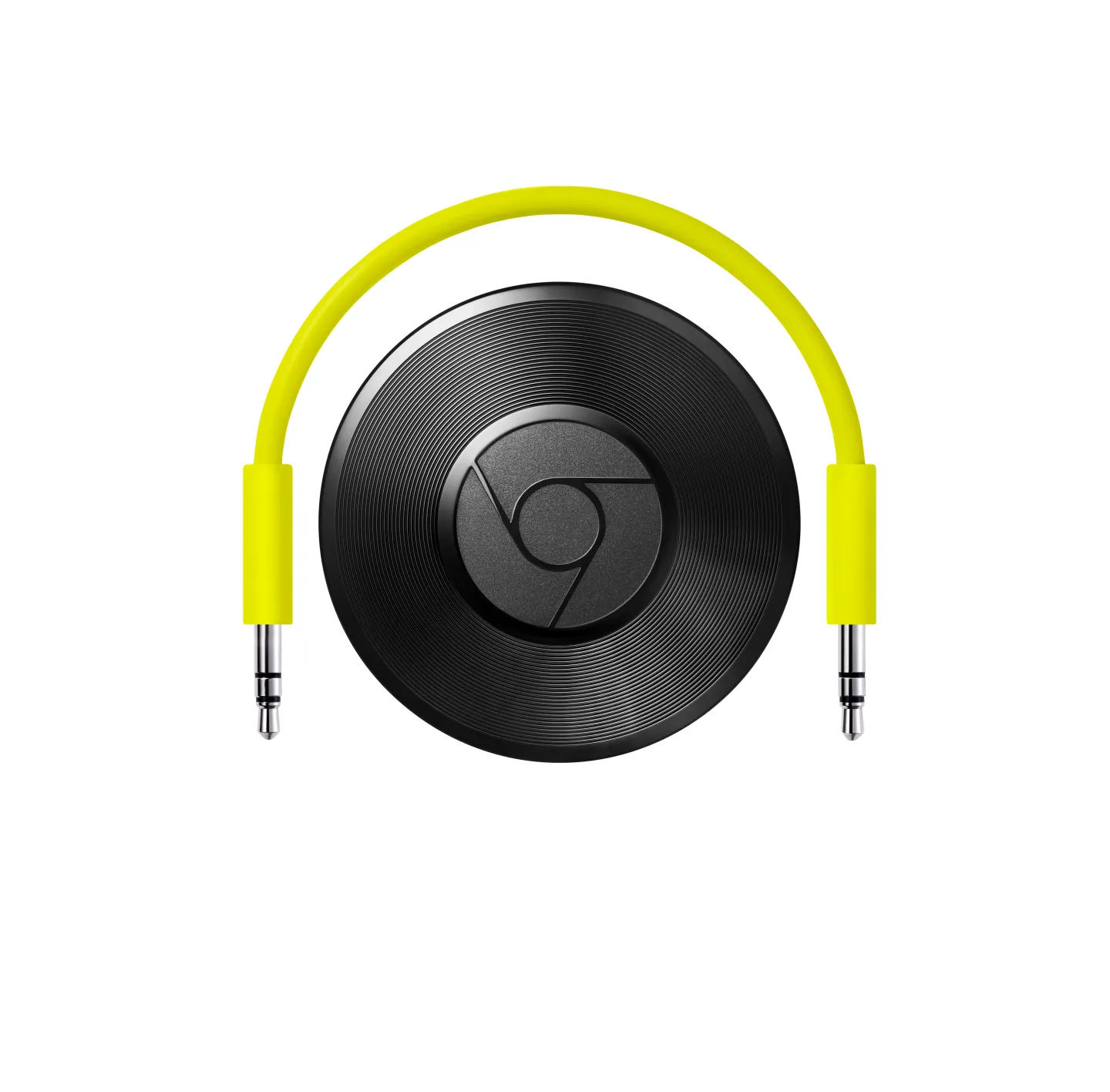In the world of Apple Silicon Macs, “Unified Memory” is a term that gets thrown around a lot. But what exactly is it, and how much do you actually need? This deep dive explores the ins and outs of Apple’s Unified Memory architecture to help you make an informed decision about your next Mac purchase.
What is Unified Memory?
Introduced with Apple’s M1 chip, Unified Memory is a revolutionary approach to memory management. Instead of having separate pools of memory for the CPU and GPU, Unified Memory allows both processors to access a single, shared pool. This streamlined architecture results in faster performance, improved efficiency, and smoother multitasking.
Why Should You Care?
Choosing the right amount of RAM is crucial for any computer, but it’s particularly important with Unified Memory. Since both the CPU and GPU share the same memory pool, having enough RAM is essential for optimal performance.
How Much RAM Do You Need?
This is where things get interesting. While Apple’s marketing materials might make you think you need less RAM with Unified Memory, the reality is a bit more nuanced. Here’s a breakdown of how much RAM you might need based on your usage:
- 8GB: This is the base configuration for many M1 and M2 Macs. While sufficient for basic tasks like web browsing and email, 8GB can quickly become limiting if you multitask or use memory-intensive applications. Personally, I found my 8GB M1 MacBook Air struggled when I had multiple browser tabs open alongside photo editing software.
- 16GB: This is the sweet spot for most users. 16GB provides ample headroom for everyday tasks, multitasking, and even moderate creative work. In my experience, this is the minimum I’d recommend for anyone who wants to future-proof their Mac.
- 24GB: A relatively new option, 24GB offers a good balance between price and performance for those who need a bit more power than 16GB provides.
- 32GB: Ideal for power users and creative professionals. If you regularly work with large files, edit 4K video, or run virtual machines, 32GB will ensure smooth performance.
- 64GB and beyond: For the most demanding workflows, such as high-resolution video editing and 3D rendering, 64GB or more is recommended.
Factors to Consider:
- Your Workflow: The most important factor is how you use your Mac. If you’re primarily a casual user, 16GB is likely sufficient. But if you’re a professional who relies on demanding applications, you’ll need more.
- Future-Proofing: Consider how your needs might change in the future. It’s often better to invest in more RAM upfront than to be limited later on.
- Budget: Of course, budget is always a consideration. While more RAM is generally better, it also comes at a higher cost.
Beyond the Numbers:
While the amount of RAM is important, it’s not the only factor to consider. The efficiency of macOS and the performance of Apple Silicon also play a role. However, don’t fall into the trap of thinking you need less RAM just because you have an Apple Silicon Mac.
Tools to Monitor RAM Usage:
- Activity Monitor: This built-in utility allows you to see how much RAM is being used and which apps are consuming the most.
- Terminal: For more advanced users, the Terminal provides commands to check memory usage.
Choosing the right amount of RAM for your Apple Silicon Mac is a crucial decision. By understanding how Unified Memory works and considering your individual needs, you can ensure your Mac has the power it needs to perform at its best.


















Add Comment